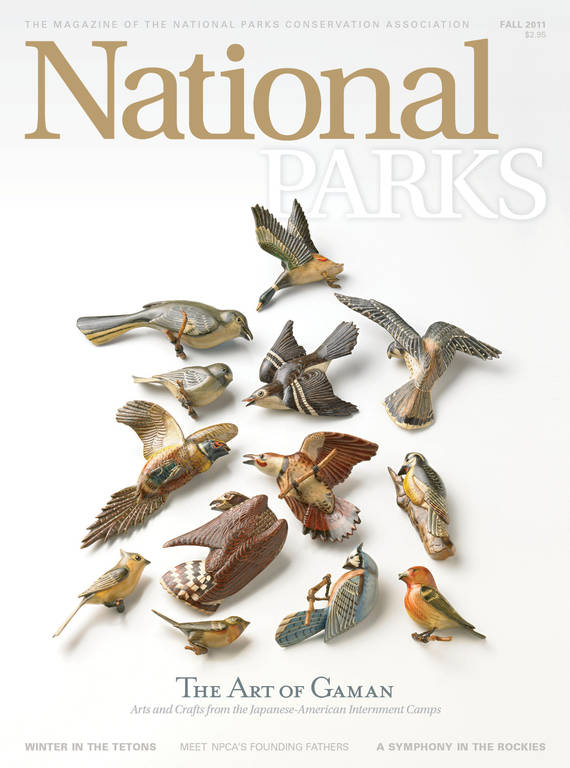Fall 2011
A Bigger Vision
A new bill would expand Oregon Caves National Monument.
Pick up any map of the Northwest, and you might struggle to pinpoint Oregon Caves National Monument. At just 400 acres in size, it generally shows up as a tiny dot, making it one of the most overlooked park units in a region famous for its national parks.
If you do happen to find it and plan a trip there, you’d likely breeze through in a single day. Besides a three-hour cave tour, there are limited recreational options within park boundaries; just outside, however, 4,000 acres of Forest Service land boast several other caves, gorgeous water features, a network of hiking trails, and the area’s only campsites.
“One of the things the Park Service hears consistently at the visitor center is, ‘What else is there to do here?’” says Sean Smith, director of NPCA’s Northwest Regional Office. “Our hope is that by providing visitors with more camping and hiking options, we’ll turn day trips into longer, more meaningful experiences within this landscape.”
Oregon’s legislators agree. In 2009, Rep. Peter DeFazio (D-OR) introduced legislation in the U.S. House of Representatives to transfer those 4,000 acres to the Park Service; Sens. Ron Wyden (D-OR) and Jeff Merkley (D-OR) followed up with a similar bill in the Senate. Congress is expected to attach this legislation to an omnibus lands bill, which members will vote on later this year.
It’s a critical step in securing stronger protections for the land, because even though the Forest Service doesn’t currently permit timber cutting here, there’s no guarantee that the agency wouldn’t allow it in the future. Cattle-grazing in the area is also a concern because manure can contaminate streams that provide Oregon Caves with drinking water.
An expansion would also allow visitors more time to experience the landscape as they approach the cave. “Moving the park entrance sign farther down the road would give visitors more time to transition from their everyday lives into an experience that’s truly special,” says Smith. “This isn’t about pointing a finger at the Forest Service and saying, ‘You’re doing a bad job. It’s about creating the best management plan for the area. If your goals are to boost the local economy, improve visitor services, and better protect the land’s resources, the Park Service model just fits better.”
About the author
-
 Amy Leinbach Marquis
Amy Leinbach MarquisAmy Leinbach Marquis is former associate editor at National Parks magazine.



